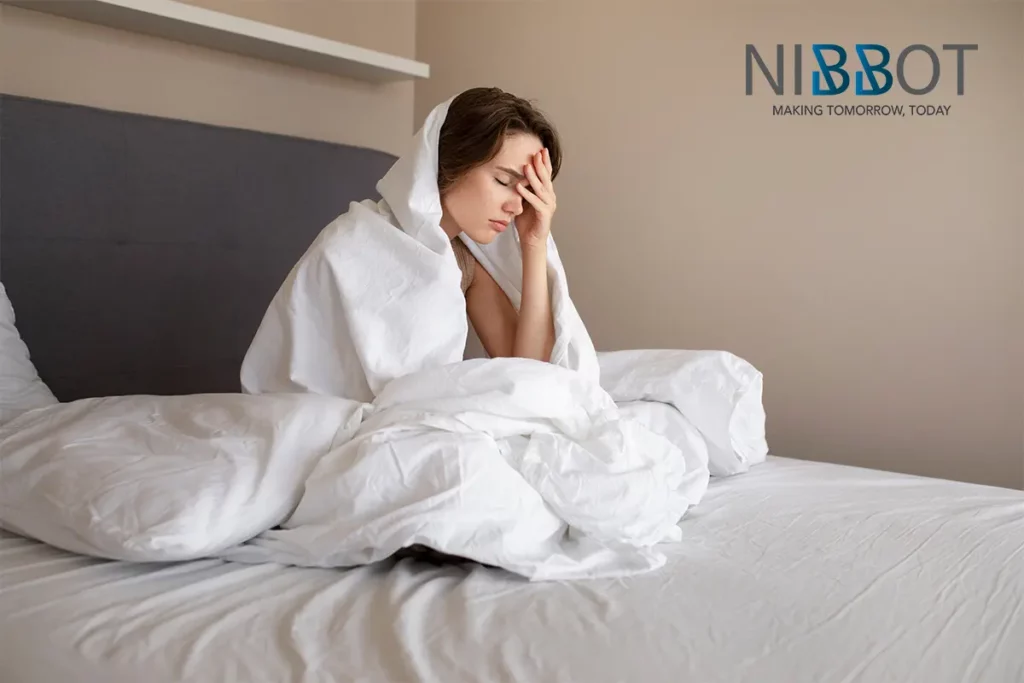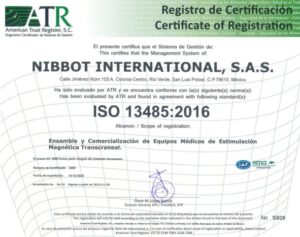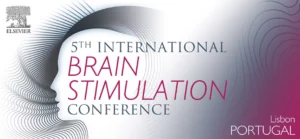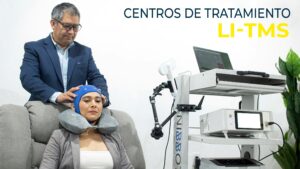The brain is a highly specialized organ made up of functional units or cells called neurons, which, depending on the brain region in which they live, will have a specific structure and function. Taken together, the activity of each region and the communication between the different portions of the brain provide the organism with particular capacities to develop in its environment and, in the best of scenarios, to survive, for example: movement, vision, spatiotemporal perception, thought. . , and in the case of the human being, reason and conscience.
Given the complexity of brain structures and the advanced intercommunication between each region, the brain is perhaps the organ with the most mysteries to decipher in order to understand the functionality of each organism. However, in humans, the brain closely guards the information necessary to understand primordial processes such as consciousness, dreams, sleep, and behavior. In this note we will talk specifically about sleep, this natural and rhythmic process that has a restorative activity for all the organs of our system and in which the organism adopts a state of altered consciousness and reduced activity.
Brain activity is governed by the electrochemical communication that exists between its units (neurons). Thus, different regions of the brain operate at different “speeds” or frequencies from each other, allowing messages between neurons to be correctly interpreted according to these vibrations or frequencies. Currently 6 types of brain vibrations are known: alpha (8-12 Hz frequencies), delta (1-4 Hz), theta (4-8 Hz), beta (13-30 Hz), low range (30-70 Hz ) and high range (70-150 HZ). Each of these vibrations or frequencies has been associated with specific regions and activities in the brain, some of which are listed below:
Alpha waves: Relaxation and reflection processes.
Beta Waves: Concentration and learning.
Gamma waves: Troubleshooting.
Teta Waves: Memory, meditation, imagination, dreaming.
Delta Waves: Sleep, dream and repair.
Neurophysiological methods, such as the electroencephalogram (EEG), make it possible to determine brain activity in different states (such as being awake and asleep) and can provide important information about an individual’s health.
Not surprisingly, the slowest brain waves or frequencies, delta waves, are those associated with sleep and dream activity. In a healthy individual, neurons adopt these frequencies rhythmically, that is, during a period of the day brain activity is reduced and this favors being able to enter the deepest phases of restful sleep (REM), which is commonly at night. . . . . . However, different factors (such as stress, devices that emit high frequencies such as cell phones, or food, to name a few), can distort these rhythms in the body and favor the development of sleep disorders, among which the most common is the dream. . insomnia. When this happens, the cerebral frequencies remain very active most of the time, altering the rest cycles of the brain and modifying the vital processes of the organism. In addition, this results in a difficult cycle to break if not treated properly, since lack of sleep causes more stress in the individual and this in turn favors brain rhythms that prevail at high frequencies. Therefore, it is important that the individual suffering from a sleep disorder receive appropriate treatment as soon as possible to avoid possible systemic repercussions.
Magnetic stimulation emits magnetic pulses with determined intensities and frequencies that allow brain activity to be modulated, either by exciting or inhibiting it. In the particular case of insomnia, magnetic stimulation is sought to readjust brain rhythms or frequencies by dispensing magnetic pulses with frequencies within delta waves (from 1 to 4 Hz).
An example of this treatment is the one proposed by the research by Pelka RB and his collaborators from the University of Munich in 2001, in which they administered treatment with magnetic stimulation during the night (4 Hz at 0.05 G) for 4 weeks to 51 patients. . with insomnia and compared the results with a group of 50 patients with insomnia who did not receive the stimulation treatment. The results showed that the patients who received the magnetic stimulation treatment had improvements in terms of difficulty falling asleep, awakening between dreams, concentration and sleepiness during the day, and quality of sleep. 70% of treated patients had clear improvements compared to the placebo group, where only 10% reported an improvement. (Figure 1).
Figure 1. Comparison of the treatment of insomnia with magnetic stimulation in the placebo and active groups. Left: Results obtained in the placebo group after 4 weeks. It is observed that only 4 patients (8%) reported clear improvements and only 1 individual reported very clear improvements (2%). Right: Results of the magnetic stimulation active group. The bars show in gray scale the improvement reported by the patients, being the lightest where there was no improvement and the darkest where there was an extremely clear improvement. 12 patients reported clear improvement, 19 very clear and 16 extremely clear, making a total of 47 of 50 patients with improvement.
In this way, knowing a little about the particular activity of the brain, it is possible to design non-invasive treatments that simulate the natural activity of the organism in order to restore the normal rhythm. The study authors reported that the effectiveness of magnetic stimulation therapy may be related to readjustment in the activity of the pineal gland and its messenger, the hormone melatonin, which is associated with circadian rhythms and neuronal excitability.
[1] Pelka, R.B., Jaenicke, C. & Gruenwald, J. Impulse magnetic-field therapy for insomnia: A double-blind, placebo-controlled study. Adv Therapy 18, 174–180 (2001). https://doi.org/10.1007/BF02850111






